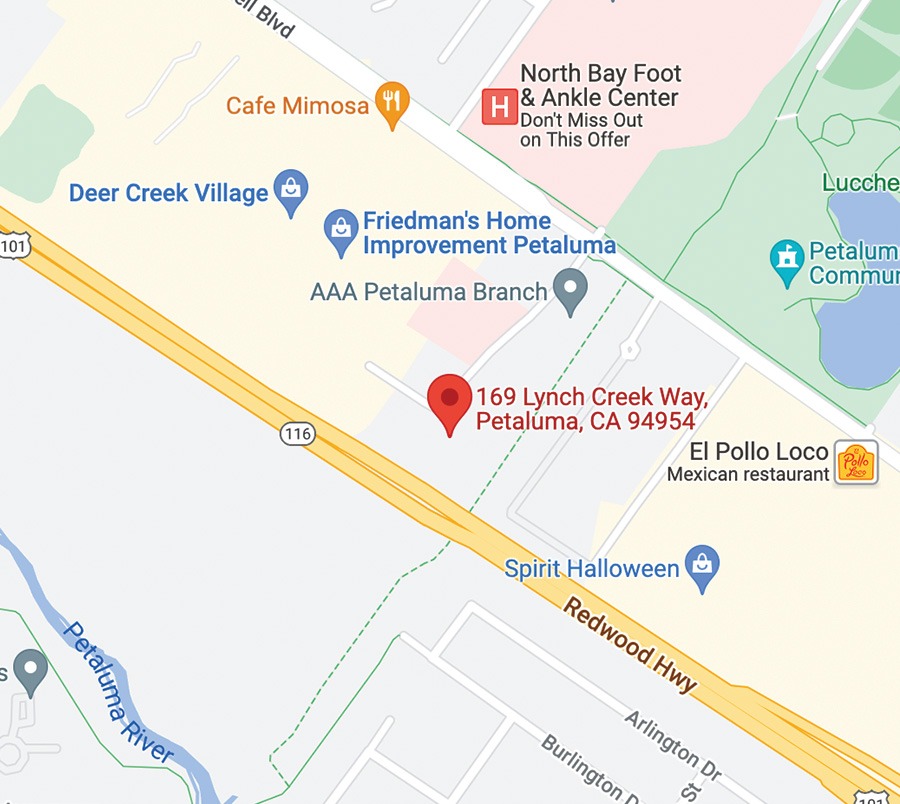
The world’s most common form of arthritis, knee osteoarthritis, causes sufferers pain and diminishes quality of life. Total knee replacement is the only option for people with severe knee osteoarthritis, but some patients continue to struggle with chronic knee pain after surgery. Researchers have discovered that physical therapy before and after surgery may be the best way to manage pain and improve patient outcomes.
Boston University researcher Kosaku Aoyagi says that osteoarthritis of the knee is a painful condition where patients need new options for controlling pain. “With the aging of the population and rising prevalence of osteoarthritis, the number of total knee replacement procedures is expected to rise exponentially over the next decade.”
Researchers point to the better option for helping patients avoid the risk of addiction by participating in physical therapy either before or after total knee replacement surgery. In the largest study of its kind, published JAMA Network Open, researchers and physical therapy collaborators analyzed more than 67,000 patient records, and discovered that even low levels of physical therapy were associated with better pain management after total knee replacement.
Specifically, they found that participation in physical therapy within 90 days before or after total knee replacement was associated with better pain management. Going further, they found that six or more sessions of physical therapy post-surgery was linked to even better results, as were instances when physical therapy was initiated within 30 days of surgery. This analysis revealed that the longer a patient waits to start physical therapy, the greater their odds of needing some kind of prescription pain medication to manage pain.
The findings excited the researchers because they suggest that physical therapy could be considered an effective initial therapy for knee osteoarthritis patients, rather than relying on steroid shots, non-steroidal anti-inflammatory drugs (NSAIDs), or other pain relievers.
Despite treatment guidelines recommending physical therapy for osteoarthritis as a first line treatment, utilization of physical therapy remains low. “Our study adds to the growing body of literature that physical therapy interventions can provide meaningful pain management with much lower risk than many pharmacologic options, including opioids. The future of pain management needs to be a multi-modal approach,” Kumar says, “but we’re observing that physical therapy can reduce the odds that a patient will be a chronic opioid user in the future.”
Read this article on Science Daily
SRO Physical Therapy
Our integrated care model allows patients to receive the best care through direct collaboration with your orthopaedic specialist. We offer hands-on care and personalized rehabilitation programs tailored to meet individual patient needs. Our therapy team specializes in sports medicine and post-operative rehabilitation for all levels of need. Our objective is to help you reach your goals. Learn more …



